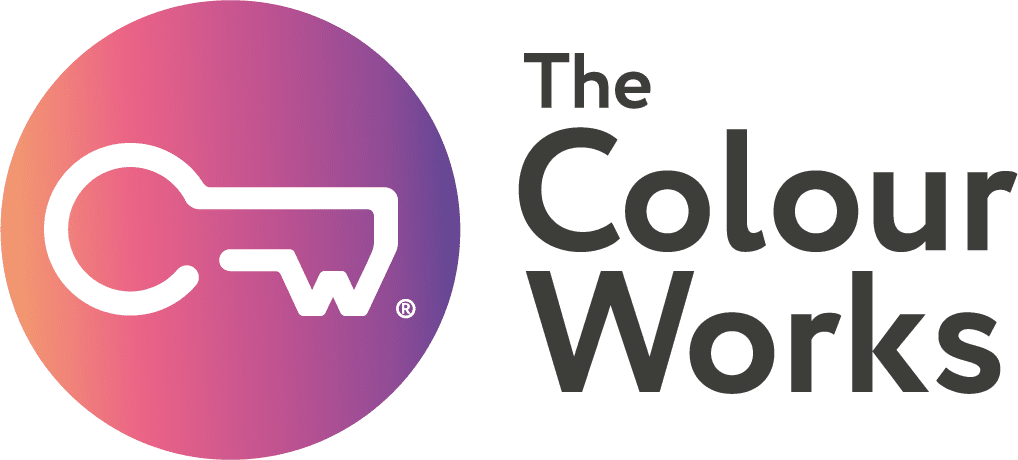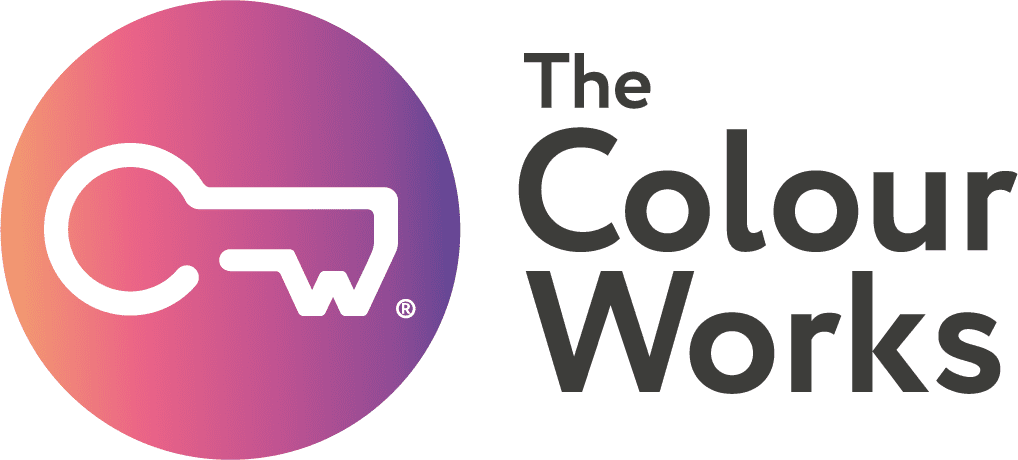Why not view our solutions on leadership today?
There’s no doubt that coaching is fully integrated into the working world. Every ‘expert’ now parades ‘coach’ proudly on their tagline. The practice seemed to come out of the other side of the recession even stronger and is now a pillar of the L&D offering; not only is there a greater recognition of the importance of soft skills but internal coaching and mentoring is cheaper AND proven to be more effective than stand-alone formal training, (and, of course, more popular).
The thing is, popularity doesn’t mean it’s always a) what’s required and b) as effective as it should be. A UK study, (Blessing White, Coaching Conundrum, 2016) found that fewer than one in four (23%) thought coaching had significantly affected their job performance, and only 20% felt it had significantly contributed to their job satisfaction.
It’s confusing, isn’t it. We’re told that people who have been invested in in this way develop a greater confidence and sense of self-worth, increase their knowledge more quickly and sustainably, and become happier, more engaged and more productive. According to a Manchester Consulting Group study of Fortune 100 executives, coaching resulted in a ROI of almost six times the programme cost as well as a 77% improvement in relationships, 67% improvement in teamwork, 61% improvement in job satisfaction and 48% improvement in quality.
So what the hell is going on? Why are there such vast differences in numbers?
Needs
We’ll start here — coaching is not always the answer. Coaching and mentoring has seemingly fallen into this strange treatment/intervention role and can be misused and/or overused easily.
Effective coaching is considered to be a positive approach for helping individuals explore their own goals and ambitions, solve problems, and then achieve them. Whilst its transformational ability has been proven, it just might not be what’s needed.
Executive to roll-out
Generally, it goes like this.
External coach brought in to help transform a leader or two that are having trouble ‘fulfilling their potential’.
Positive change occurs because these individuals really are developing a greater confidence and sense of self-worth, increasing their knowledge more quickly and sustainably, and becoming happier, more engaged and more productive.
Top table eventually has the genius idea of rolling this out further as the company investing in its people does, actually, seem to be working. Even if the company has enough green stuff to employ enough of the best of the best to come in and do their stuff, how on earth do they make sure that they are all coaching or mentoring in the same way?
The organisation decides to paste the phrase ‘coaching culture’ to every available wall space and team meeting and starts the process of developing a coaching practice internally.
Leaders and managers as coaches
In a Harvard Business Review article, Daniel Goleman said that of the six different leadership styles, coaching was the least used of all — while pointing out that “although the coaching style may not scream ‘bottom-line results’, it delivers them.”
In many organisations, coaching occurs as a mindlessly disjointed series of activities seen by employees as the newest ‘buzzword’ rather than as part of an enriching and integrated strategy. Companies send line managers out to get coaching qualifications but it’s hard to leap from paper to practice for multiple reasons.
If it’s going to be internal, and you’re starting from scratch, it’s got to cover a lot of bases. Here we go:
1. Educate
Make sure everyone who’s to be involved in this project understands the value of coaching, and how to coach and be coached. Context is key.
2. Broaden your repertoire
Rigidly following one single coaching model completely defeats the point of even trying and can even evolve cynicism. One individual’s learning style, working style, and even thought-processing style will be vastly different to the next, so it is vital that you do your homework and allow a variety of models to inform and guide you.
3. Build familiarity
The more working teams that adopt an effective coaching culture, the more momentum the positivity has to spread organisation-wide. Encourage the application of coaching processes and behaviours to real-time decisions and challenges.
4. People culture, not coaching culture
Coaching is a powerful tool that is best used to support an individual’s awareness, responsibility and problem-solving around a professional (and/or personal) issue.
Coaching alone is not guaranteed to make you millions whilst also ensuring the life-long happiness of your people. ‘Coaching culture’ posters stuck in every staff room run the risk of confusing the means with the end and don’t supply any form of context — when people work best knowing why, (How does my job fit into the business? Why do I need coaching? How will this help me?), this is dangerous territory.
Spend time with your people and do some listening. Get to know their frustrations and motivators so that you can give them an environment they will want to perform better in. There is no business without them!
5. Support
Webinars, intranet, regular skills training and support groups are all fantastic ideas to a) keep learning fresh and b) open up the doors for questions, conversations and concerns.
6. Measure
Grab all the data you can whether it’s ROI, quality of coaching or an agreed progress timeline; robust measurement processes make for a highly credible business case for further investment in coaching.
At The Colour Works
We coach because, when applied to the right situation, it can transform lives, let alone merely performance. We’re also realists, however, around the pitfalls of trying to roll out a so-called “coaching culture” — it has to be seen as just one tool in the Learning and Development toolbox that is more suited to some leaders to deliver than others. If you’re going to start anywhere, it’s as simple as getting to know your people and responding to their needs so that you can find out if it’s for you.
Talk to us if you’d like to develop coaching skills within your organisation as part of a wider, people-development-centric culture.
I met Alison back in the spring at a very critical time in my development. Through The Colour Works I’d identified some necessary changes for me to make and I needed somebody not just like-minded but somebody who could appreciate the depth and breadth of what HR is about. Alison has enabled those conversations to be very honest, very fluid and a lot of fun — we’ve really enjoyed getting to know one another and she’s really enabled me to identify the things that I can change that will help me and my team here at Naim.”
Jill Niewoudt, HR Director, Naim Audio
Related Articles
Think your leadership team has ‘done’ Insights Discovery? Think again!
We recently hosted a free webinar for people to experience the power of Insights Discovery. We welcomed delegates from a …
Read MoreSix Ways to Make Better Decisions
The power of decisions We make 20,000-35,000 decisions a day, many of them without much cognitive effort or attention, and …
Read MoreCovid Leadership Reflections and The 4 Levels Of Leadership
So, as we finally seem to be emerging from the Covid crisis, how has your leadership fared? Are you now …
Read More






